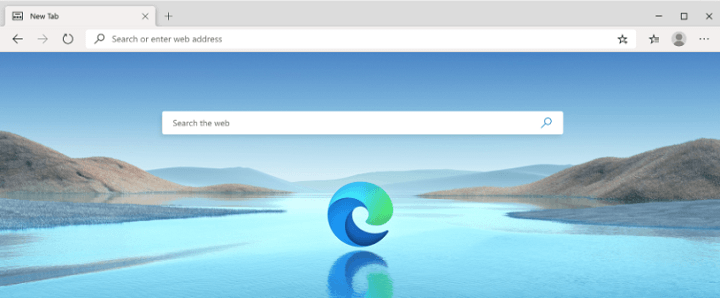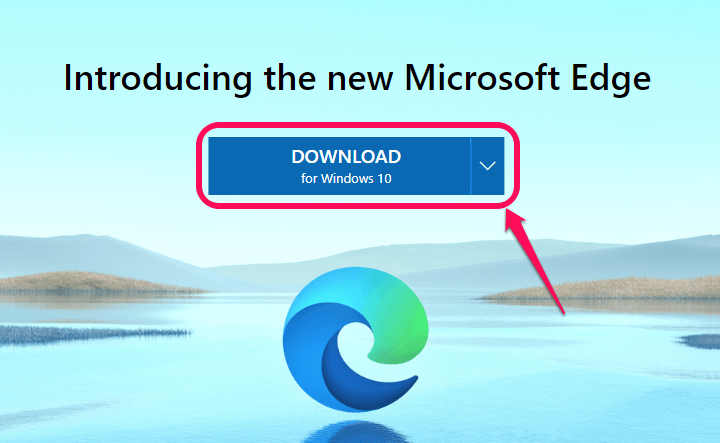

By contrast, classic Edge was updated with Windows 10: which meant new features would only arrive twice a year. For starters, Microsoft has committed to a regular six-week update cycle (outside of emergency patches) for the browser, providing users with new features and security updates on a regular basis.

New features: Chrome extensions, tracking prevention, and moreĪlthough powered by Google's open source rendering engine, the new browser also incorporates several new features, as well. The move to the Chromium rendering engine to power the new browser means improved web compatibility when viewing pages, especially as developers tend to optimize web application for Google Chrome. By incorporating Chromium into Edge to allow it to follow the same web standards as Chrome, Microsoft hopes to give users one less reason for them to use its rivals. Google Chrome still holds more than two-thirds of the desktop browser marketshare according to Netscape. Microsoft has also brought the browser to users of Windows 7, 8.1, and even macOS in more than 90 languages in hopes it can gain a larger slice of the marketshare.

The company plans to roll it out gradually, just as it does with Windows 10 updates, although users can choose to download it from Microsoft’s website now if they prefer. Of course, existing Windows 10 users won’t all get it automatically installed on their systems right off the bat.


 0 kommentar(er)
0 kommentar(er)
